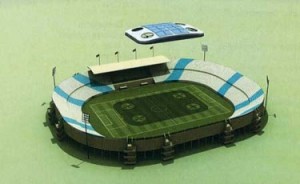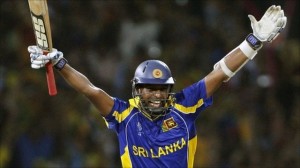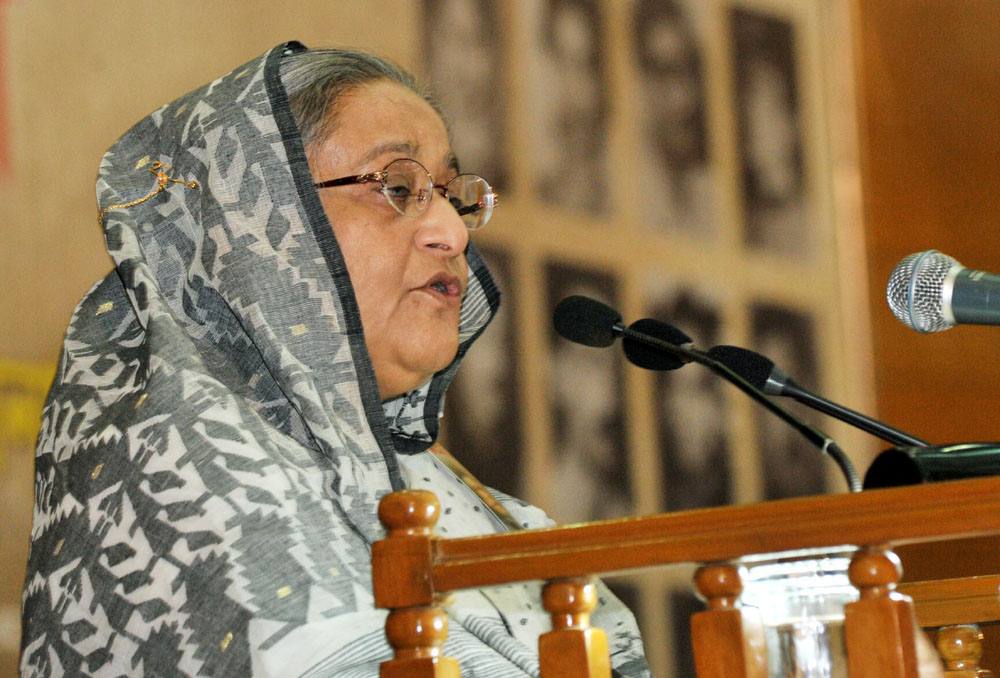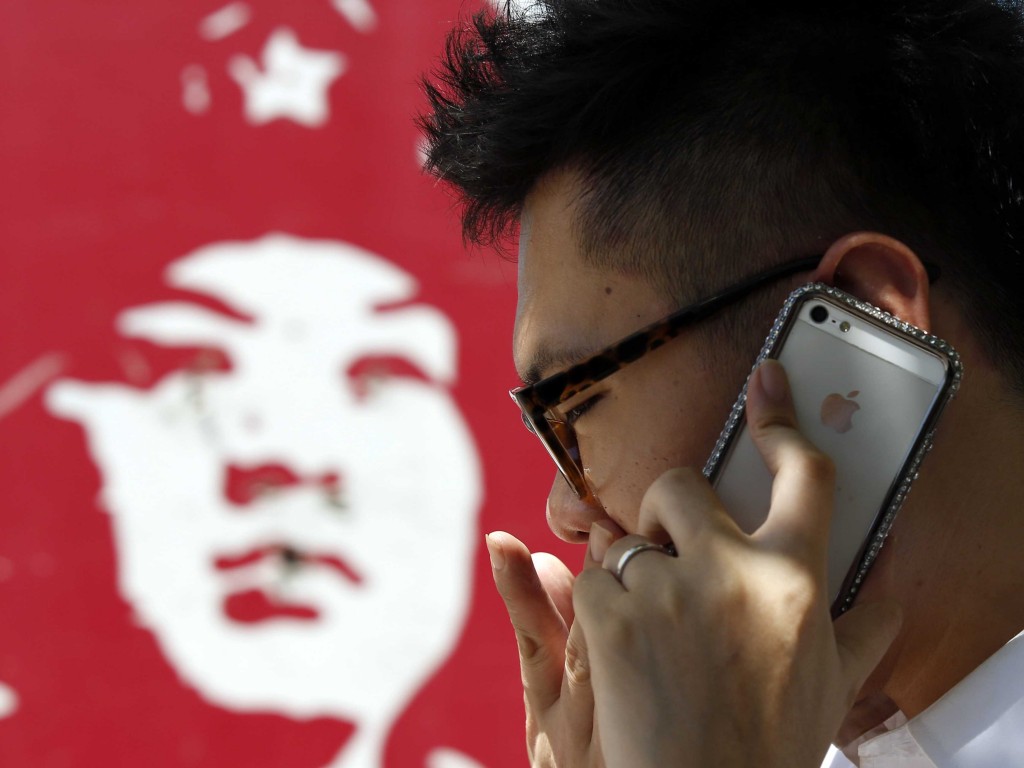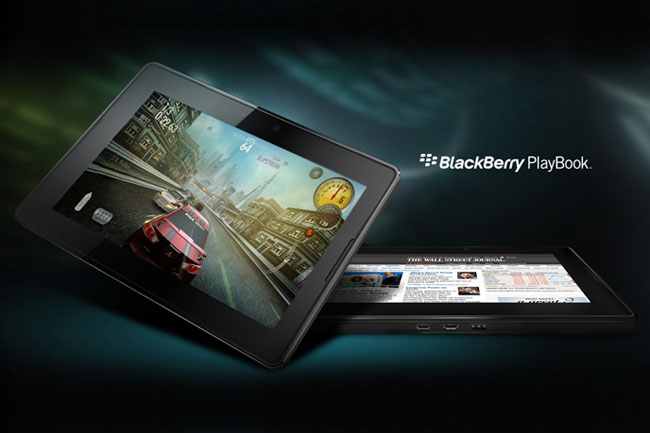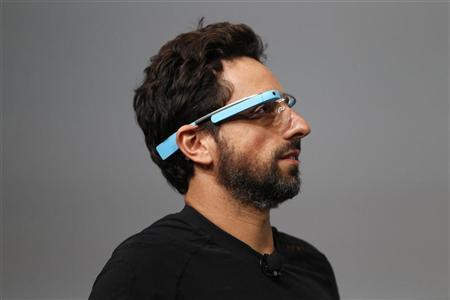“I figured there was no limit on the amount of communications that people thought they needed.”
 The internet works because of something called packet-switched networking. The man who came up with the concept, Paul Baran, died yesterday at the age of 84.
The internet works because of something called packet-switched networking. The man who came up with the concept, Paul Baran, died yesterday at the age of 84.
In 1961 Mr Baran convinced the US Department of Defense that it should invest in a new kind of communications system that was resistant to failure and able to route around any gaps that appeared. The impending threat of nuclear war with the USSR meant that a sudden gap appearing in the nationwide communications network wasn’t enormously far-fetched.
His obituary in the New York Times says:
In the early 1960s, while working at the RAND Corporation in Santa Monica, Calif., Mr. Baran outlined the fundamentals for packaging data into discrete bundles, which he called “message blocks.” The bundles are then sent on various paths around a network and reassembled at their destination. Such a plan is known as “packet switching.”
Mr. Baran’s idea was to build a distributed communications network, less vulnerable to attack or disruption than conventional networks. In a series of technical papers published in the 1960s he suggested that networks be designed with redundant routes so that if a particular path failed or was destroyed, messages could still be delivered through another.
Mr. Baran’s invention was so far ahead of its time that in the mid-1960s, when he approached AT&T with the idea to build his proposed network, the company insisted it would not work and refused.
Well, AT&T’s loss was everybody else’s gain, and Mr Baran’s invention led directly to the invention of the TCP/IP protocol still in use today.
A few years ago, Wired carried a good interview with him:
No single person ever does anything. It’s always groups of people. We wanted to know how to go about building such a system. So I got interested in the subject of neural nets. Warren McCulloch in particular inspired me. He described how he could excise a part of the brain, and the function in that part would move over to another part. As we get older – at least this was thought in those days – the number of brain cells decreases but we’re able to use the surviving functionality effectively.
…
So you had the realization that the phone system couldn’t be trusted. And the fallback, which was high-frequency radio, couldn’t be trusted in a nuclear environment. So a distributed network of ground-wave transmission was one direction of solution. I tried to figure out how much communications we needed and went around to different command centers and asked them what they needed. You could just pick up and go and do all these things. Now there would be a lot of red tape. Back then Rand had a blanket “need to know,” so I had no problem on that.
I figured there was no limit on the amount of communications that people thought they needed. So I figured I’d give them so much communications they wouldn’t know what the hell to do with it. Then that became the work – to build something with sufficient bandwidth so that there’d be no shortage of communications. The question was, how the hell do you build a network of very high bandwidth for the future? The first realization was that it had to be digital, because we couldn’t go through the limited number of analog links.
Author : Anthony Dhanendran








